
The Express 27 is an American trailerable sailboat that was designed by Carl Schumacher as a racer and first built in 1982.

The Pearson Ensign, or Ensign 22, is an American trailerable sailboat that was designed by Carl Alberg as a one-design racer and day sailer and first built in 1962. It is the largest full-keel one-design keelboat class in the United States.
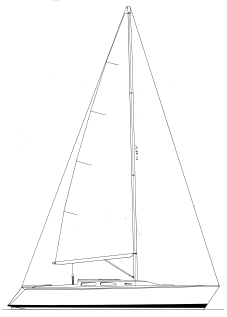
The Express 37 is an American light displacement sailboat designed by Carl Schumacher as a racer-cruiser.

The C&C 27 is a family of Canadian sailboats, that was designed by Robert W. Ball and first built in 1970. The design is out of production.

The CS 30 is a Canadian sailboat, that was designed by Tony Castro and first built in 1984. The design is out of production.

The C&C 24 is a Canadian sailboat, that was designed by C&C Design and first built in 1975.

The Halman 20 is a Canadian trailerable sailboat, that was first built in 1977.

The DS-22 is a Canadian trailerable sailboat, that was designed by Bruce Kirby and first built in 1983.

The Catalina 310 is an American sailboat, that was designed by Gerry Douglas and first built in 1999.
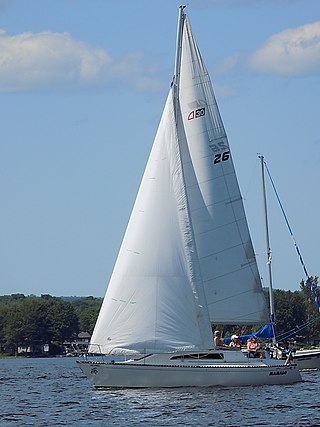
The Aloha 30 is a Canadian sailboat, that was designed by Ron Holland and first built in 1986.

The Cal 25 is an American trailerable sailboat, that was designed by C. William Lapworth and first built in 1965.
The Cal 20 is an American sailboat, that was designed by C. William Lapworth and first built in 1961.
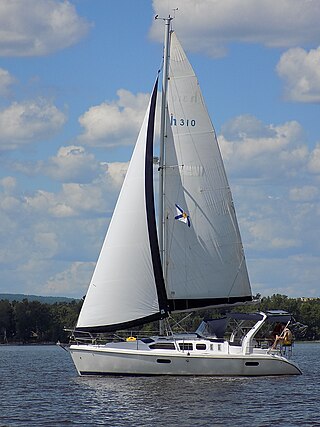
The Hunter 310 is an American sailboat, that was designed by the Hunter Design Team and first built in 1997.
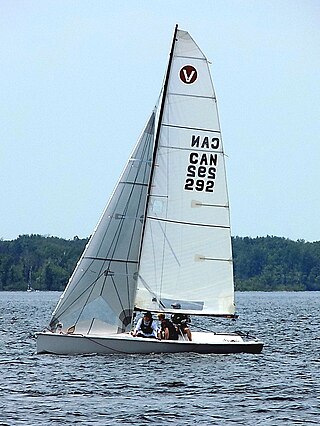
The Viper 640 is an American trailerable sailboat, that was designed by Brian Bennett for racing and first built in 1996.

The Mariner 19 is an American trailerable sailboat, that was designed by Philip Rhodes and first built in 1962.
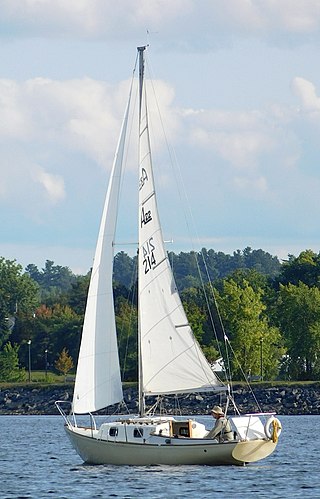
The Alberg 22 is a Canadian trailerable sailboat, that was designed by Swedish-American naval architect Carl Alberg and first built in 1970.

The Nonsuch 22 is a Canadian trailerable sailboat, the smallest of the series of Nonsuch sailboats. It was designed by Mark Ellis Design and first built in 1984.
The Capri 25 is an American trailerable sailboat that was designed by Frank Butler as a one design racer and first built in 1980.
The Impulse 21, also called the Impulse Eagle, is an American trailerable sailboat that was designed by William E. Cook as a one-design racer and day sailer, It was first built in 1986.
The Menger Oysterman 23 is an American trailerable skipjack that was designed by Bill Menger as a daysailer and cruiser and first built in 1977.


















